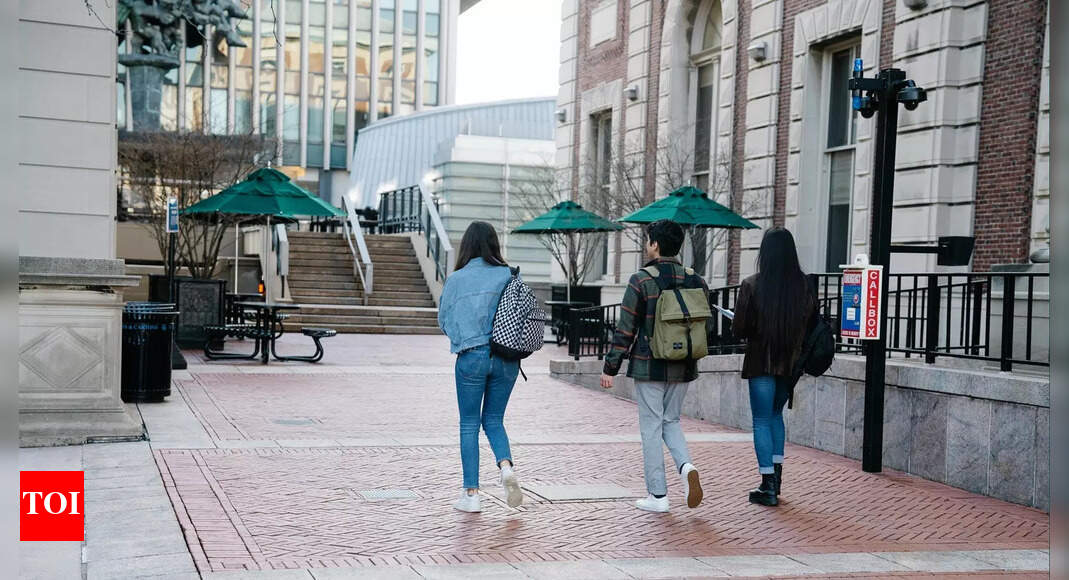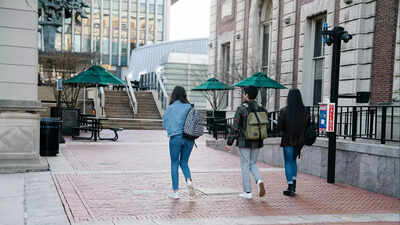
In the heart of Michigan State University’s campus, a nearly century-old dormitory has reopened with a distinctly modern touch and a new social debate. Campbell Hall, home to the university’s honors students, underwent a $37.1 million renovation this fall, introducing upgraded windows, common spaces, and mechanical systems. But one change, in particular, has sparked conversations far beyond East Lansing, the inclusion of co-ed community bathrooms.
Design and student response
According to the Associated Press, the redesigned bathrooms no longer separate by gender. Instead, they feature private, single-stall showers, toilets, and sinks accessible to all residents, regardless of gender. It’s a first for Michigan State and, possibly, among public universities in the state.For many students, the arrangement feels natural. “It’s not like it’s weird or anything,” said first-year student Tyler Nguyen, 18, of Kentwood, near Grand Rapids, in comments to Bridge Michigan. Another student, 17-year-old Adeline Loftis, added, “I really don’t even notice.”
Parental concerns and administrative response
But not everyone shares that comfort. The university confirmed it has received letters from parents expressing unease about students of different genders sharing bathroom spaces. One parent, in a letter to MSU President Kevin Guskiewicz, voiced concern about towel-clad students crossing paths in communal areas, prompting the administration to revisit aspects of the design.In an email reviewed by Bridge Michigan, Assistant Vice President Ray Gasser acknowledged the mixed feedback. “While many students have expressed appreciation for the updated facilities, we did receive feedback from a few women in the building regarding the bathroom configuration,” he wrote. Following internal discussions, the university announced plans to designate certain bathrooms by gender during the fall break. “Our goal,” Gasser said, “is to support a safe, inclusive, and comfortable living environment for every student.”
Rationale behind co-ed facilities
University spokesperson Kat Cooper told AP that the shift to unisex facilities aimed to provide “greater flexibility as student populations evolve over time.” Campbell Hall’s bathrooms, she said, are designed with full privacy in mind, with doors extending from floor to ceiling, eliminating gaps and ensuring complete enclosure within each stall. The only shared element remains the outer sink area.
Generational perspectives and trustee concerns
Still, among some campus leaders, the change has raised generational and cultural questions. MSU Trustee Dennis Denno admitted to the AP that he’s “from another generation” and “honestly doesn’t know what students today are comfortable with.” Fellow trustee Mike Balow added that it was “important for young men and women to have the choice of privacy from the opposite sex when getting out of the shower or getting ready at the sink.”
A national trend in student housing
Nationally, experts say the design trend reflects a broader shift in university housing, balancing tradition, privacy, and inclusion. “Co-ed living in a building is not for everyone,” said Kathy Hobgood, president of the Association of College and University Housing Officers International, in an interview cited by AP. “You have to have a level of comfort.”Hobgood noted that the “community pod” model, now seen at several US campuses, replaces rows of open stalls with self-contained units, each including a shower, toilet, and sink behind a lockable door. “It turns a public bathroom into a semi-private one,” she said, adding that there have been no significant security concerns reported at other universities that have adopted similar layouts.
Reimagining community living
For Michigan State, the experiment with co-ed community bathrooms underscores a larger question playing out across campuses nationwide, how to reconcile evolving definitions of privacy and inclusion within shared living spaces.As one administrator put it, the goal is not simply to modernize facilities, but to reimagine what community living means for a generation coming of age in a more fluid, less divided world.







